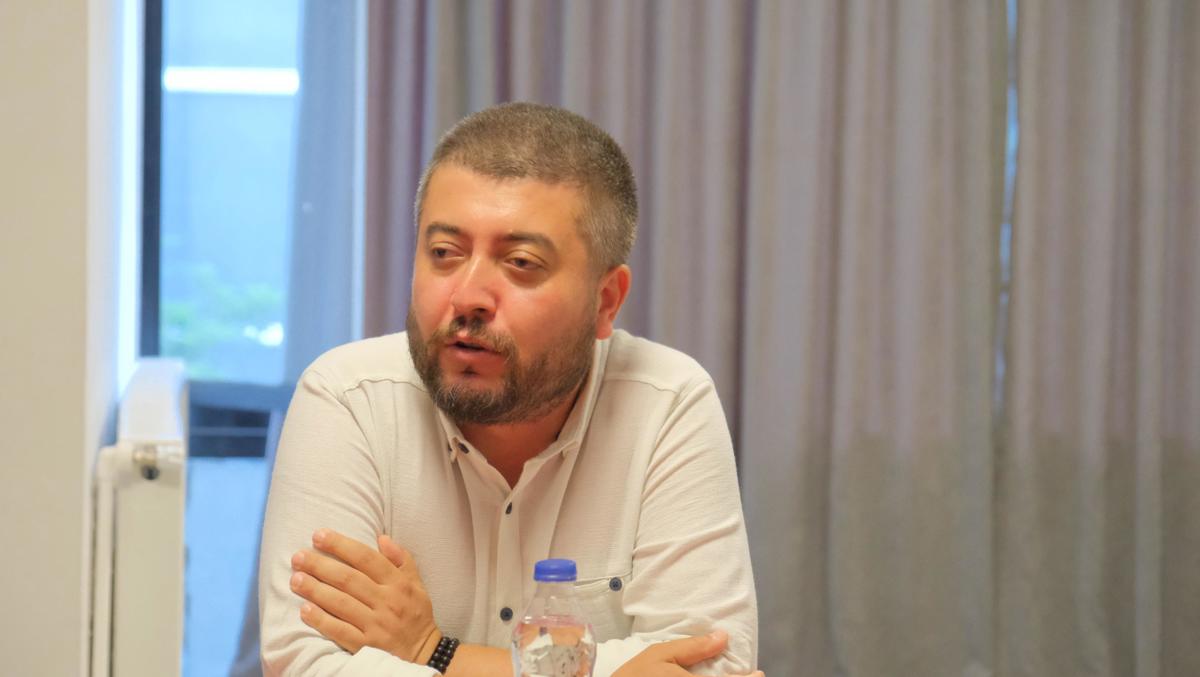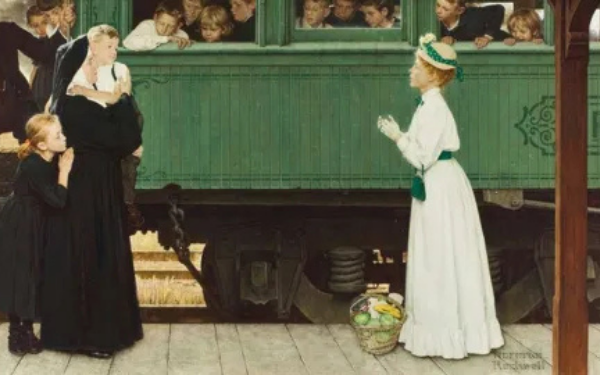Physical Address
Indirizzo: Via Mario Greco 60, Buttigliera Alta, 10090, Torino, Italy
Physical Address
Indirizzo: Via Mario Greco 60, Buttigliera Alta, 10090, Torino, Italy

In his latest book, “the Invisible Members of the Class: Refugee Child Workers” (Sınıfın Görünmeyenleri: Mülteci Çocuk İşçiler), writer Özgür Hüseyin Akış examines the detrimental impact of war, poverty, and forced migration on child labor through a class-based perspective. He highlights that the growing presence of refugee child laborers in Turkey is a direct outcome of deepening labor inequalities.
Based on years of field research, the book explores child labor in industrial zones, plastic recycling facilities, and agricultural areas in cities like İstanbul, Ankara, and Antep. These children are not only workers but also refugees, the poor, and the most vulnerable members of a class pushed to the margins of society, Akış argues.
He emphasizes the need to first address the root causes of refugee child labor, pointing to the mass displacement that followed the war in Syria. Official statistics indicate that 1.5 million Syrian children currently reside in Turkey.
“We must first understand forced migration and what causes it,” Akış says.
“The National Education Ministry says half of the 1.5 million Syrian children are enrolled in school. What about the other half? The data doesn’t include refugee children working in the streets, doing seasonal labor, or engaged in informal jobs. These are the invisible members of the working class.
“Take the Önder neighborhood in Ankara’s Altındağ district. It’s near Siteler, one of the largest furniture manufacturing zones. Every morning, you see waves of 13- and 14-year-old children walking from the neighborhood to work. When you speak to them, you realize they’ve normalized their situation and feel they have no choice.
“Many have lost their parents to war or other causes. The responsibility of supporting the household falls on the children. They’re part of the production process, yet they don’t exist in the official numbers.”
Having interviewed many children from Iraq, Afghanistan, and Syria, Akış recounts one particular case: “Two Iraqi boys, aged 13 and 14, sell tissues and water on the street. Their father died in the war, and their mother is bedridden. The 13-year-old can only go to school when his older brother takes over the stand.
“These two children are responsible for the family’s survival. This is why, rather than focusing solely on numbers, we need to examine the causes and consequences of forced migration.”

Akış also critiques neoliberal policies and their role in increasing child labor. “Economic crises bring deep poverty, a process in which a parent cannot support their family by working, and is dependent on the few coins their child can earn,” he explains. “This process affects millions. Why are children chosen? Because they are cheap, because they are uninsured, because they are unregulated.
“I am not saying this system cannot solve the problem; it does not want to solve it. This system thrives on the deaths of children in workplace murders. Refugee child workers are those who cannot even make it to the forefront of this structure.
Akış stresses that rather than preparing children for a professional future, the current system exploits them. He advocates for a planned, economic model to combat poverty.
One key solution, he says, lies in “proper integration and creating a system where refugee children are not part of the labor force.”
“Refugee child workers are employed without even knowing the concept of insurance, below the minimum wage, and under worse conditions than local child workers. Essentially, child labor should be banned regardless of whether the workers are local or foreign.
“If a demand arises that ‘children should not be employed in heavy work or dangerous work,’ a loophole is created where oversight is impossible and a zone of legitimacy develops. In this sense, a comprehensive struggle must be organized to prevent the employment of children in any sector.”
Akış also criticizes the state’s failure to regularly publish data on child labor. He claims the absence of data reflects an intentional policy.
“If we don’t have accurate data on a problem, then there is no effort to solve it. The lack of data itself is state policy; those who do not disclose data are hiding themselves. The most visible aspect of capitalism, however, is the reality of child labor.
“Child workers are not only exploited, but their rights as children are also taken away. They always say that children are our future, but a government that cannot save children today cannot save them tomorrow. Let’s save children today first.”
According to Article 71 of Turkey’s Labor Law No. 4857, children under 18 are restricted from working in certain jobs. Children aged 15–18 are considered “young workers” and are permitted to work under specific conditions. Those who are 14 years old and have completed primary education may be employed in light jobs, under regulated terms.
However, child rights advocates argue that separating “child” and “young” workers based strictly on age creates legal gaps and fails to provide adequate protection.
The 1918 Declaration of the Rights of the Child, which recognized children as individuals, prohibited child labor, even in the form of internships. One of the notable milestones was the end of the orphan train practice in the US, where children were sent to work in households and agricultural fields before the declaration.
At the time, before the declaration, children were placed on trains and taken in by wealthy families to work in day labor and agricultural fields.

Statistics on child labor
Globally, there are an estimated 160 million child laborers.
According to the Turkish Statistical Institute (TurkStat), as of 2024, about 970,000 children aged 15 to 17 are engaged in work in Turkey. When younger age groups are included, the total number is estimated to exceed 1 million. In 2019, the figure was around 720,000.
Child rights organizations and labor unions estimate the actual number may be as high as 4 million, with one in every five children forced to work.
Over the past 11 years, at least 695 child laborers have died in Turkey. Each year, more than 60 children lose their lives while working, mainly in agriculture, construction, and industry.
(NÖ/VK)